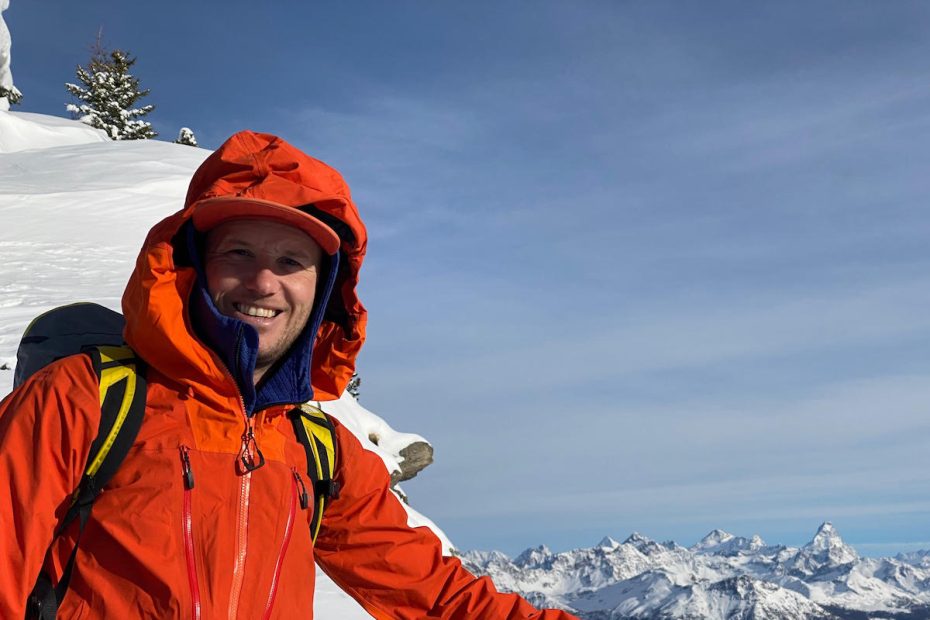The Beal Opera: An 8.5mm rope that is as strong and waterproof as it is light
Whitney Clark was skeptical about the Beal Opera’s skinny 8.5mm diameter when she first laid her hands on it–how well could such a thin cord really hold up against the sharp rock of alpine routes? The Opera is certified to be used as a single, twin or half rope, which adds great versatility for alpinists, and sure enough, the rope held up. After using the Opera at Index, Washington, the Cascades, Sawtooths and Wind River Range, Clark writes, “the Opera is a great choice for alpine routes when saving weight is key.” Five stars.
![Whitney Clark traversing out from one of the supercaves while climbing The Tiger on Washington Pass with the Beal Opera rope. [Photo] Will Stanhope](https://dev.alpinist.com/wp-content/uploads/2023/09/beal-opera-rope-1-1-930x620.jpg)
![Chris Kalman placing a #6 (purple) DMM Dragonfly on a steep new route in Arizona. [Photo] Nelson Klein](https://dev.alpinist.com/wp-content/uploads/2023/09/dmm-dragonfly-micro-cams-1-1-930x620.jpg)
![The author wearing the La Sportiva Testarossa climbing shoes at a crag near Redstone, Colorado. [Photo] Nat Gustafson](https://dev.alpinist.com/wp-content/uploads/2023/09/la-sportiva-testarossa-1-2-930x620.jpg)
![Clint Helander using the Mystery Ranch Tower 47 backpack in Alaska. [Photo] Clint Helander collection](https://dev.alpinist.com/wp-content/uploads/2023/09/mystery-ranch-tower-47-1-2-930x620.jpg)
![Derek Franz sets up his Zenbivy bed during a backpack trip in Colorado's Elk Range. [Photo] Mandi Franz](https://dev.alpinist.com/wp-content/uploads/2023/09/zenbivy-light-1-2-930x620.jpeg)
![Tad McCrea storms the ice cream factory with the new Petzl Quark ice tools on Super Domo (WI5 M5/6, 500m), Cerro Domo Blanco, Patagonia. [Photo] Jon Griffin](https://dev.alpinist.com/wp-content/uploads/2023/09/petzl-quark-1-2-930x620.jpg)

![Whitney Clark emerges from a couloir on Carson Peak in California. [Photo] Tess Smith](https://dev.alpinist.com/wp-content/uploads/2023/09/lowa-alpine-expert-gtx-boots-ws-1-2-810x620.jpg)
![Scott Coldiron stays warm in the Valandre Troll jacket while sorting gear in the Cabinet Mountains Wilderness, Montana. [Photo] Brian White](https://dev.alpinist.com/wp-content/uploads/2023/09/valandre-troll-jacket-1-2-930x620.jpg)
![Derek Franz on Magnetar (5.13d), Rifle Mountain Park, Colorado. The Edelrid Bulletproof quickdraw is the first one clipped to the rope above the ground, near the lower right corner of the frame. The carabiner that the Bulletproof draw replaced was severely grooved. [Photo] Karissa Frye](https://dev.alpinist.com/wp-content/uploads/2023/09/edelrid-bulletproof-quickdraw-1-2-930x620.jpg)